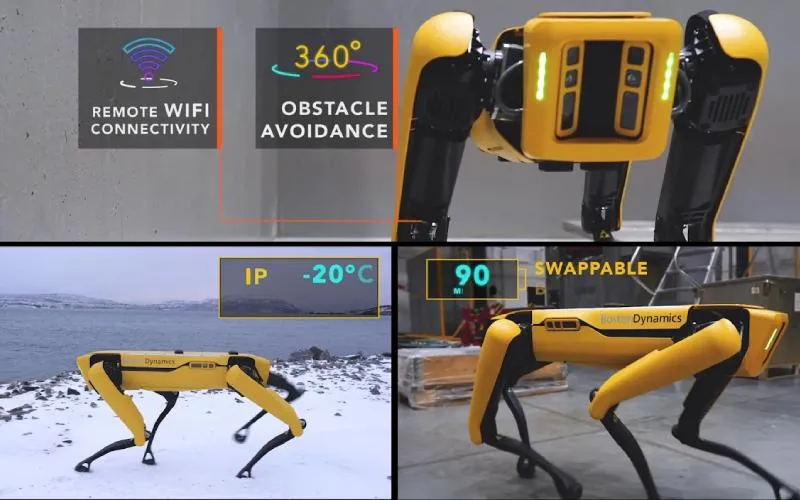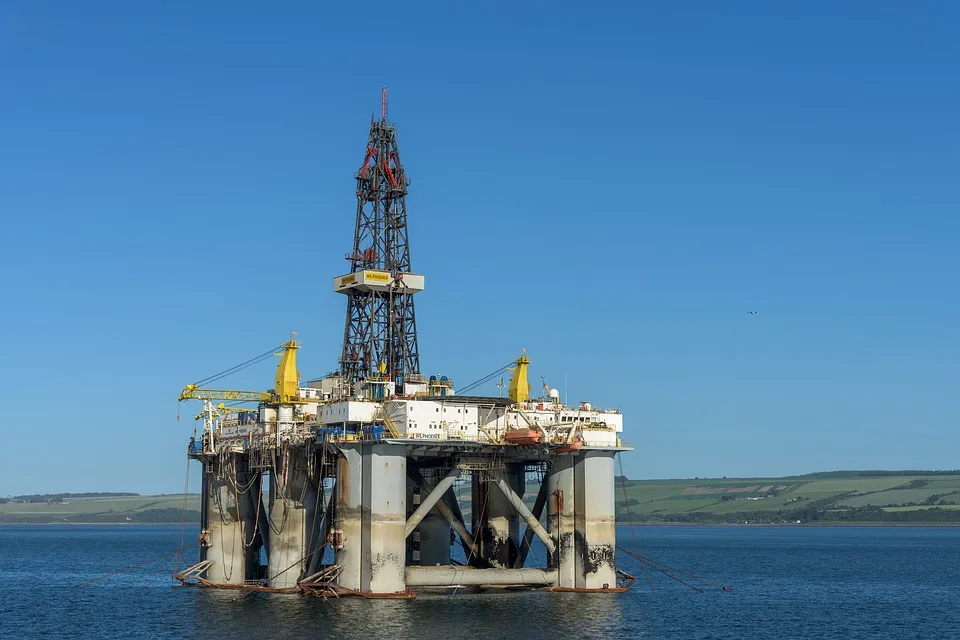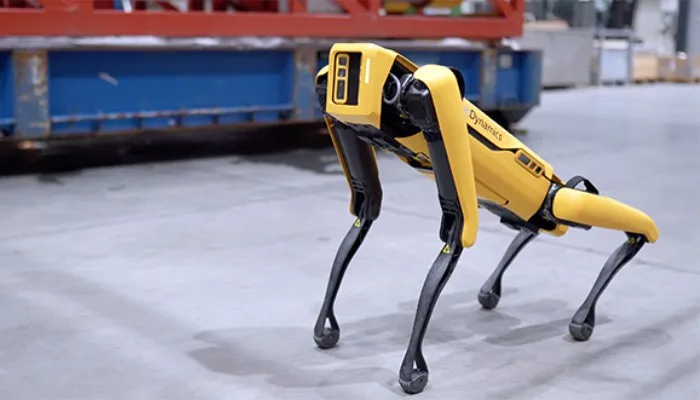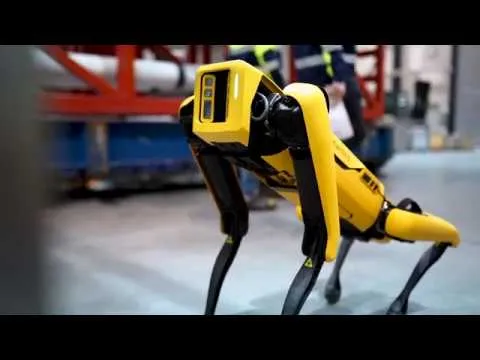

Before these operational difficulties and due to the inhospitable nature of these oil locations, there are companies in technology referring to artificial intelligence and robotics such as Aker BP and Cognite that are evaluating the possibility of exploring the study and implementation of robotic systems on offshore platforms, all with the fundamental purpose of making the operations carried out in offshore well drilling safer, more efficient and with a high degree of reliability.
I would like to share with you a video that is not of my authorship, in which you will be able to see the tests that the company Cognite and Aker BP are carrying out to evaluate the possibility of implementing not only robots but also drones that will be able to reach remote locations where operators have difficult access, or otherwise can help minimize operational risks in terms of security.
[1] Independent monitoring: It is important that any element of artificial intelligence or robotics allows for autonomy in the inspections that are commonly carried out on offshore platforms.
[2] Ability to capture high quality data and images: On many occasions it is necessary to corroborate the state or condition of some equipment that is in poor condition, for this reason there are parts where it is difficult for humans to reach, such as tanks, very high places, equipment that is in high-risk sites. It is under this scenario that it is necessary for these robots to be able to capture images, throw data and even generate reports on site of the conditions in which certain equipment is found.
Are there any types of robots that have already been created to meet these objectives?
Of course, even the companies I've named in this post have named some robots that are already being analyzed in this exploratory process.

We have the case of the Spot robot, which is a four-legged robot that has been developed by Boston Dynamics, however currently the companies that are evaluating its mobility, action and possible operation are the companies Cognite and Aker BP.
They have not yet been tested in real environments, since to test their functionality it is best to test them in environments that simulate an environment whose environment is that of offshore oil platforms.
Conclusions and considerations
Oil workers should not feel repressed into thinking that artificial intelligence and robotics can perhaps displace them in today's activities.
The futuristic thinking in the oil industry as far as workers and operators are concerned, is that apart from not feeling displaced, the idea is that they contemplate a mentality of overcoming knowledge, in which they can be ready to learn the operational tools to be able to supervise elements that include robotics and artificial intelligence.
Artificial intelligence and robotics come to provide safety to the operators and efficiency in optimizing production costs and equipment safety.
